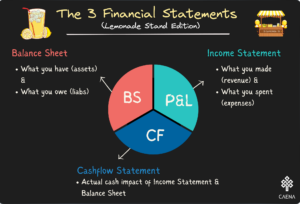Automation in Capital Markets is slow in arriving but it is on its way
There was bad news and there was good news, after making almost ten pitches, Ruth had finally found a potential investor willing to move forward and learn more about her business. The euphoria from receiving a positive response was followed by sinking feeling in her stomach as she took a look at the process overview and comprehensive list of items required. And this was phase one of only God knows how many phases.
From startups to large corporations, raising long term capital is still a hugely frustrating process. For several reasons, the disruption that has swept retail banking, simplifying processes and reducing costs has left capital markets relatively unscathed. For corporations, merging with or acquiring another company, raising capital from bonds, leveraged loans or an IPO are still hugely complex and time-consuming endeavours.
With few exceptions, these processes are still being executed as they were decades ago. According to Barry McCarthy, the former CFO of Spotify, the IPO process as we know it today was born in 1971, hasn’t changed much and no longer works. To varying degrees, the rest of the capital markets are stuck in the past. The implication of this is that:
-
Clients remain frustrated with the cost and complexity of raising capital. It is hard to understand why attracting new investors and creditors should be a maze which with some luck bankers and advisers eventually help navigate.
-
In most banks, junior bankers remain terribly unhappy seeing their lives ebb away doing largely manual, time-intensive and non-client facing tasks. These tasks are light years away from the glitz they were sold on before they joined. Banks have made progress in making work environment better with some of the bigger ones asking junior bankers not to come in on Saturdays as reported by the Financial Times a few years ago.
-
Senior bankers and management teams continuously fret over finding, training and retaining talent. The increasing popularity and wealth of tech companies has seen them attract the best talent from business schools. These are graduates that previously would consider investment banking the obvious choice especially after their MBA. In my time as a VP in Leveraged Finance, one of the biggest headaches my teams and I faced was training new joiners to a level that they could perform tasks such as financial analysis and risk analysis to a standard high enough not to require extensive rework.
Change is however starting to creep into capital markets:
-
From outside as with the Direct Public Offering (DPO) as an alternative to IPOs debuted by Spotify and its then CFO Barry McCarthy in April 2018. This was followed by Slack in June 2019 and Palantir in September 2020; and
-
From within as some banks are starting to automate and improve processes to enhance client experience. According to Bloomberg, Goldman Sachs has automated half of the 127 steps involved in an IPO process, eliminating thousands of human work hours in the process. JP Morgan employs 50,000 technologists and spends almost US$11 billion per year in technology. Two use cases within its Corporate & Investment Bank are machine learning powered research reports and AI powered virtual assistants for clients.
Three months later and several thousands of dollars down the drain paying an expert to prepare a financial model amongst other items, the prospective investor declined to invest, and Ruth was back to square one. In my experience working in investment banking, turning down a client after months of back and forth is painful for all parties especially the client but that is just how it has been. Capital markets have been relatively immune from digital transformation but not for much longer.
This article was first published by Kaktos Capital in January 2021





